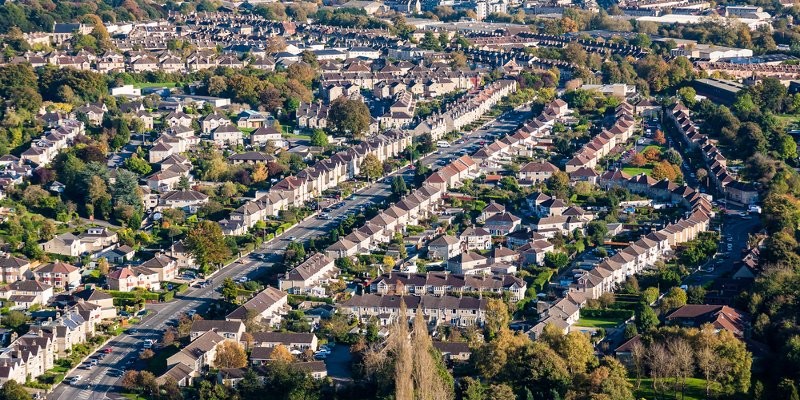Mortgage customers choosing a deal with one of the UK’sbigsix lenders could save an average of £390 by ignoring the banks’ lowest rate, and opting instead for a higher rate product with fewer additional charges.

Mortgage customers choosing a deal with one of the UK’sbigsix lenders could save an average of £390 by ignoring the banks’ lowest rate, and opting instead for a higher rate product with fewer additional charges.
Online mortgage brokerTrussle found the way that mortgage deals are advertised by lenders, and sorted by many comparison sites, encourages borrowers to prioritise headline interest rates. In the study of 2,000 UK mortgage borrowers, not even half (44%) considered upfront costs when choosing their deal.
However the benefit of eye-catching low-rate deals is often wiped out by high upfront costs. The actual best value deals offered by the Big Six lenders, once all fees and incentives have been accounted for, come with significantly higher headline interest rates. This makes them seem less attractive.
Ishaan Malhi, chief executive and founder of online mortgage brokerTrussle, said:“Thebigsix lend to more than two thirds of UK mortgage borrowers, and have a huge amount of influence on people’s dreams of owning a home.
“They should be the ones leading the charge for transparent mortgage pricing, instead of the unfair promotion of low rate products that come with high fees.
“There’s no two ways about it, the market is confusing people. It's time lenders, brokers, and comparison sites club together behind true cost for the sake of homeowners across the country.”
“This is one of the four recommendations we’ve made within our proposal for a‘Mortgage Switch Guarantee’, which promises to improve the switching process for borrowers.
“If the big lenders can make this information clearly available to borrowers, homeowners will finally be able to secure a mortgage, confident they’ve made the right decision.”
For example, if a customer was to opt for the lowest two-year fixed rate deal offered by Barclays (1.39%), they would pay £13,709 in capital repayment, interest and charges over the two-year introductory period. This is a hefty £649 more than they would pay if they chose Barclays’s1.63% rate deal.
Similarly, a Santander customer who opts for the bank’s lowest rate deal of 1.29% would pay out £577 more over the introductory period than if they chose Santander’s 1.64% deal.
These calculations are based on someone getting a mortgage of £135,574, which equates to a 60% loan-to-value ratio on the UK’s average house price of £225,956.
Across the Big Six lenders - Lloyds Bank, Nationwide Building Society, RBS, Santander, Barclays and HSBC - the difference in true cost between each bank’s lowest rate deal and their best value deal averages at £390.
According to the ONS, that £390 could feed a family of four for two months, pay for a spa day for two on Mother’s Day, or more than cover the £244 cost of childcare for one over the Easter break.
Two thirds (68%) of new mortgages approved in 2017 were with the Big Six lenders, that’s just over £1min total.
If each of these 1million customers were to choose a two-year fixed deal based on how low its rate was, rather than its true cost over the introductory period, they would collectively lose out on £405m.



